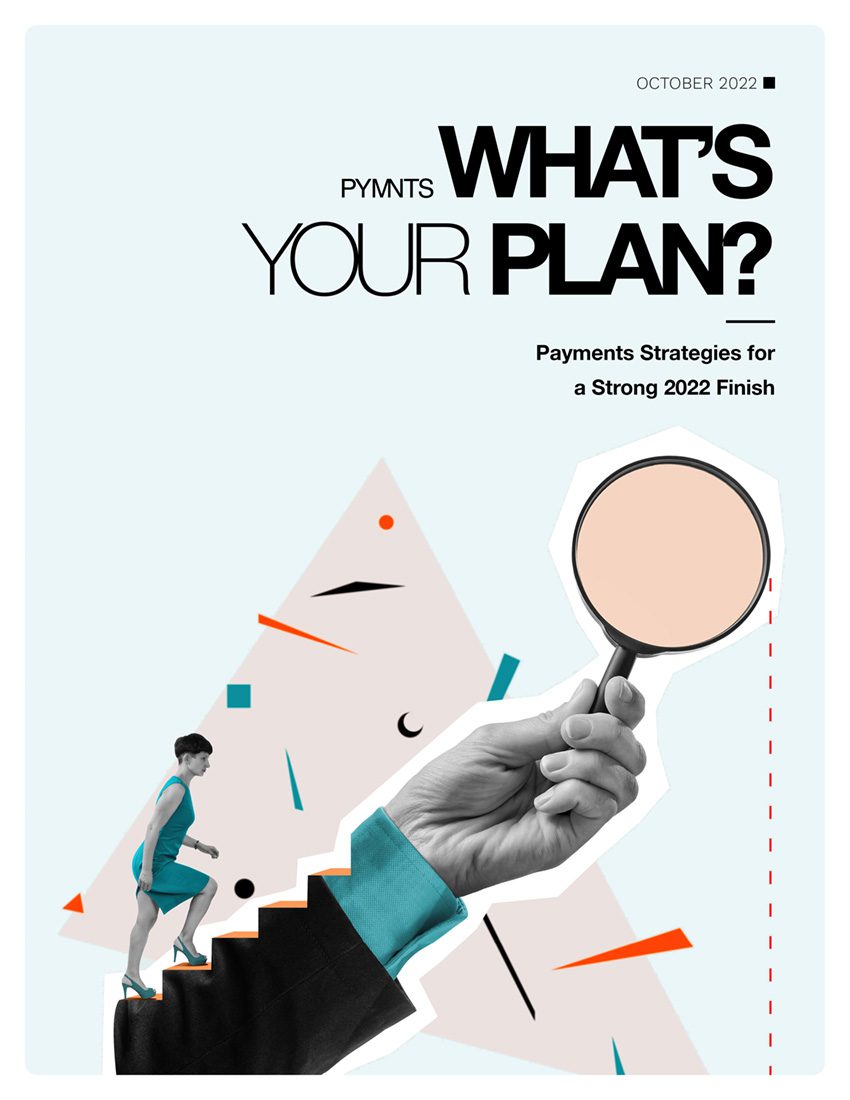How 28 Payments Experts Weathered Q3’s Business Headwinds

Waiting for the other shoe to drop — inflation or recession? — turned into the underlying theme of a third quarter as major retailers like Amazon double-dipped on annual sales events and consumers traded down, even as digital transformation hurtled on.
Tapping into some of the sharpest minds across payments, retailing and technology, PYMNTS asked 28 thought leaders about their focus going into what may be the most pivotal holiday selling season since 2008 — if we don’t count the pandemic years — and found them prepared.
As COVID concerns all but evaporated in the face of 40-year-high inflation, the payments industry learned a lot from navigating two consecutive systemic shockwaves, explaining the almost eerie calm many are exhibiting in the face of the next temblor, a full-blown recession.
Easy tech integrations and cloud-based solutions made major strides as everyone from merchants to financial institutions worked to remove friction from transactions and put a dent in the cart abandonment problem that has long plagued eCommerce.
 Meanwhile, retailers got schooled in placing inventory bets during a supply chain meltdown that led to painful overstocks and rampant discounting that threatened sales of fresh inventory. And many FinTechs focused on the checkout experience as the quality of that process became almost as important to shoppers as the merchandise in the cart.
Meanwhile, retailers got schooled in placing inventory bets during a supply chain meltdown that led to painful overstocks and rampant discounting that threatened sales of fresh inventory. And many FinTechs focused on the checkout experience as the quality of that process became almost as important to shoppers as the merchandise in the cart.
Mobile continued to press its advantage home, becoming a kind of remote control that consumers use in store aisles to price match and deal shop. Woe betides the merchants that failed to embrace the trend.
Given the stunning sweep and scale of the digital shift, data became the coin of the realm — if it wasn’t already — with a new focus on innovations like receipt-level data and its ability to help retailers and brands personalize recommendations and cement slipping loyalties.
A sense of reality came to real-time payments — and the back-office innovations making them possible at more businesses using machine learning and first-party data to bring clarity to cash management, accounts receivable, accounts payable and a host of related functions.
While cryptocurrency continued to struggle after the crash this spring, interest in it didn’t abate. The sector is reinventing itself around more grounded use cases as stablecoins and CBDCs continued to garner press and interest.
The backdrop to much of this is the plight of paycheck-to-paycheck consumers, now representing over 60% of the U.S. population, whose difficulties were greatly compounded by runaway costs from the grocery store to the gas pump to the rent or mortgage payment.
CFOs played a starring role in Q3 as companies reengineered accounting processes and data policies, in the process becoming some of the top evangelists of digital transformation in money movement and balance sheet management at a time of unprecedented volatility.
Different forms of embedded finance dominated thinking from banks to social media platforms as selling and even finance became contextualized to the consumer, going wherever they go with the mandate of being able to facilitate commerce or lending in any setting, on any device.
Unstoppable streaming entertainment had a comeuppance of sorts as customer acquisition costs soared and the “Great Unsubscribe” put additional pressure on the sector, leading to more moves into ad-supported tiers and more advanced feature sets for fence-sitters.
In the credit card space, interchange fees came under fire giving a debit a boost and fueling the proliferation of alternative payments methods, bringing buy now, pay later (BNPL) to every corner of consumer and B2B commerce.
Healthcare had perhaps its most transformational year ever as Amazon, Walmart and others piled into the walk-in clinic and telehealth spaces, vying for a bite of the biggest market of all.
Now comes Q4 and the 2022 winter holiday selling season that will act as a canary in the coal mine as we enter 2023. In this eBook, experts shed light on these uncertainties, affording a final chance to make important changes that can help steer outcomes in the right direction and position themselves for a prosperous — and innovative — 2023.
